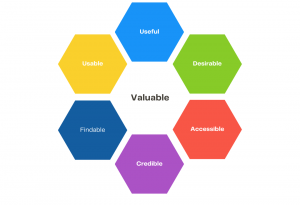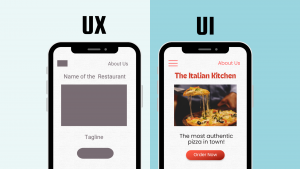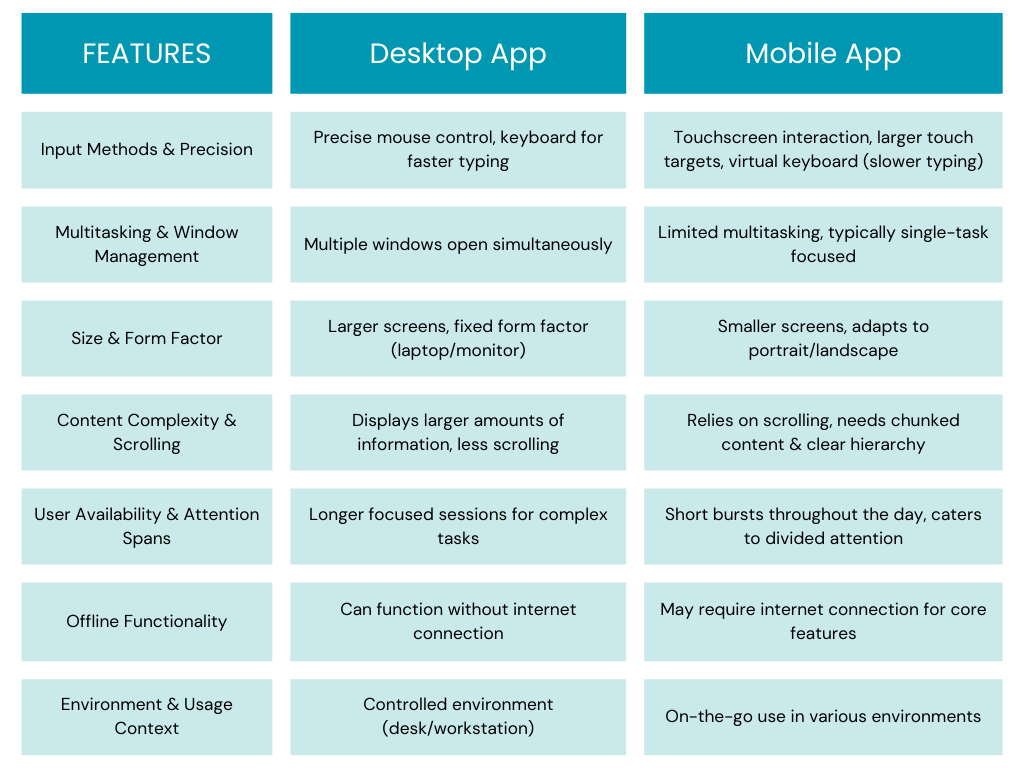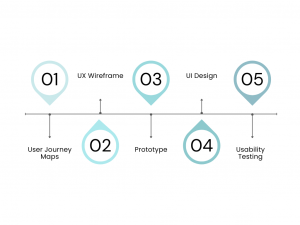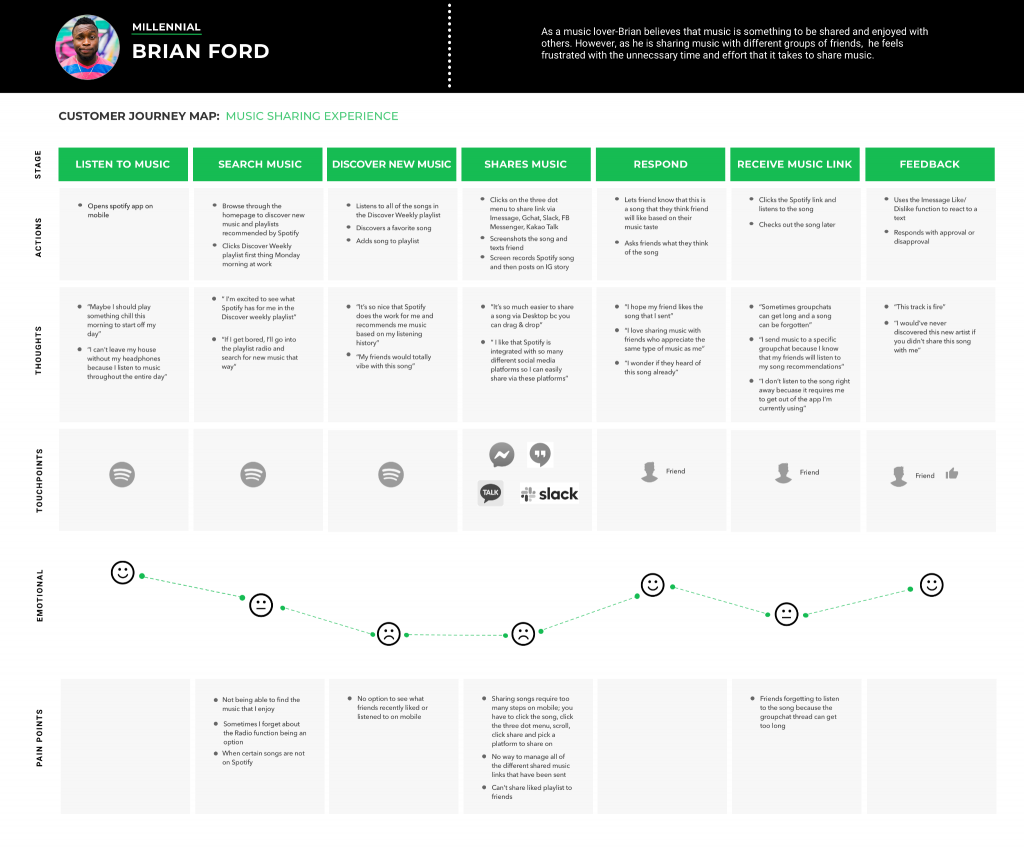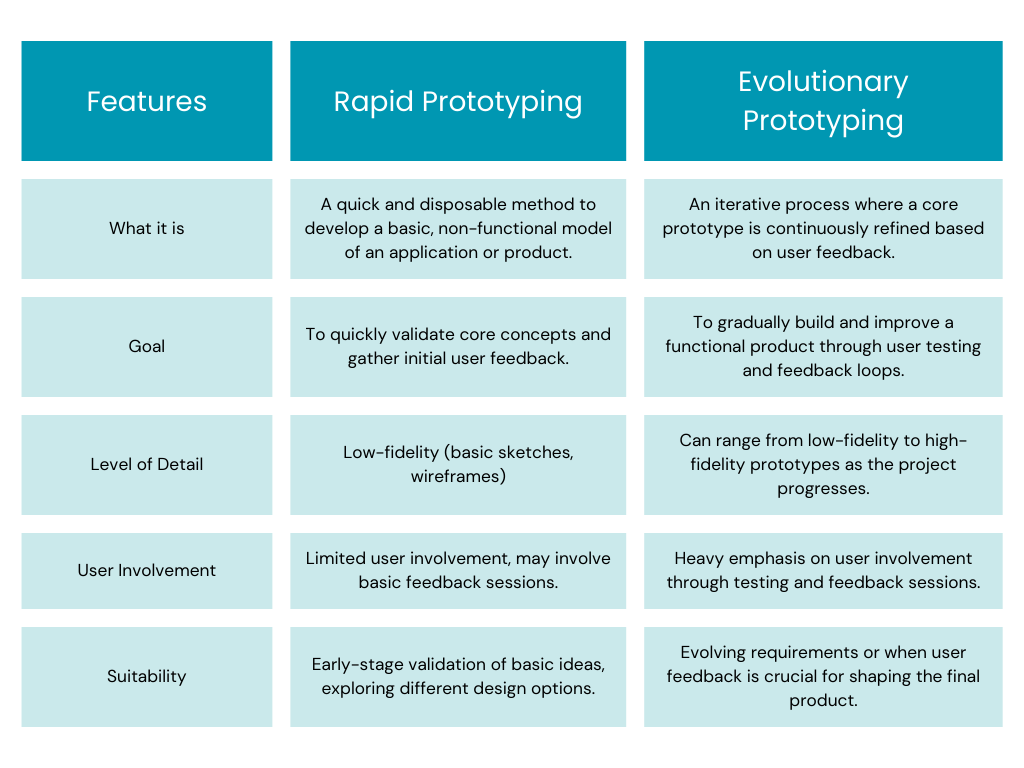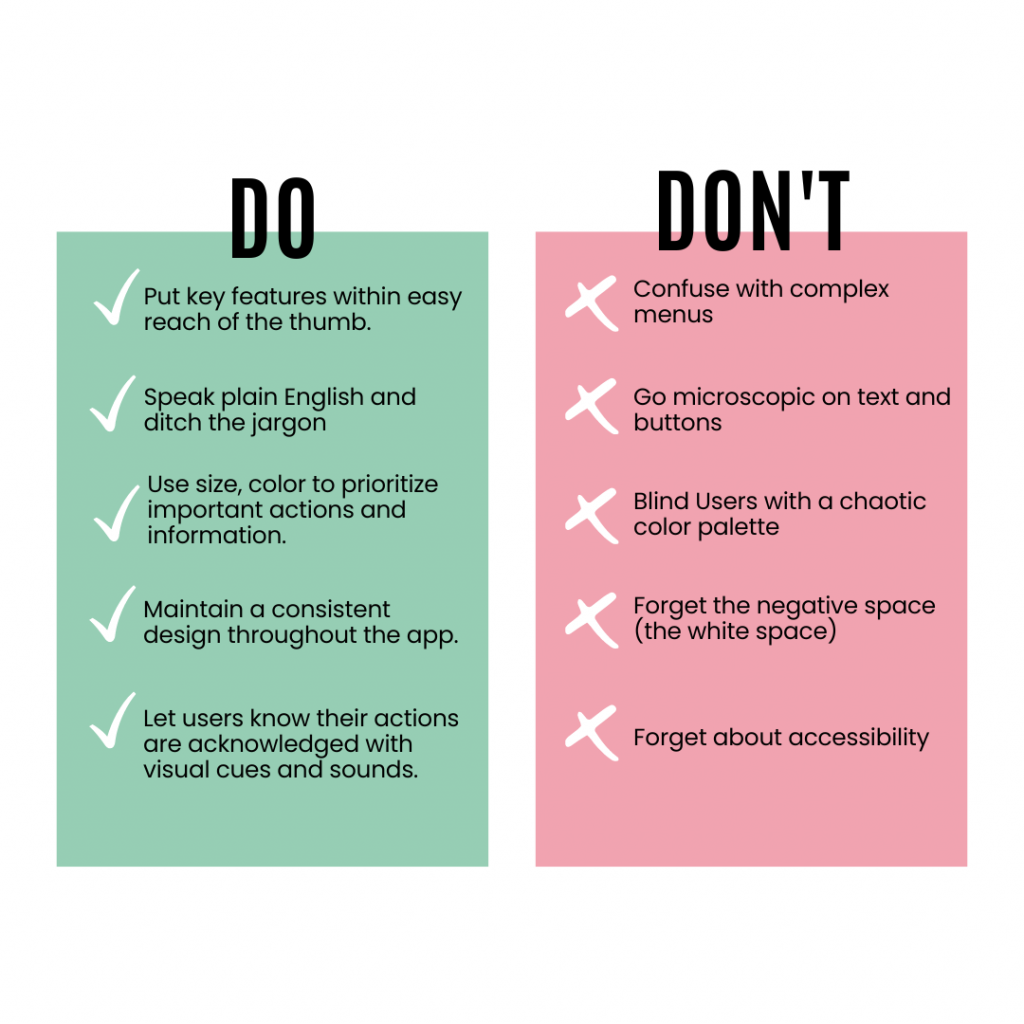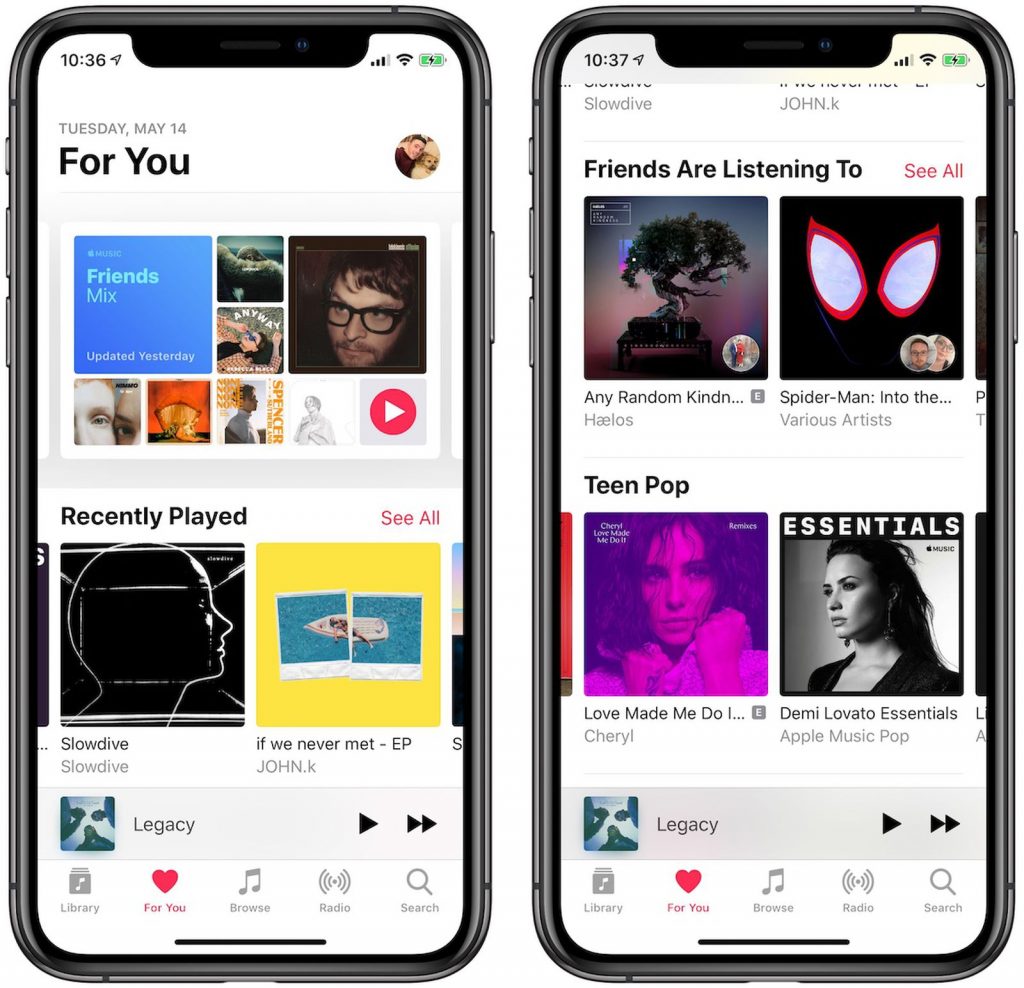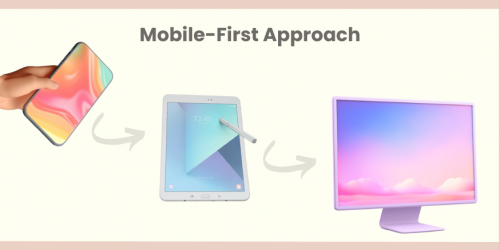The Ultimate Guide to Building a Minimum Viable Product (MVP): Validate Your Startup Idea with Confidence
Launching a new product in the fast-paced startup ecosystem can feel like a daunting task. You’ve got a brilliant idea, but how do you know if it will succeed in the market? The concept of a Minimum Viable Product (MVP) offers a strategic approach to answer this question. Building an MVP is an essential strategy for validating your startup idea, saving time, reducing costs, and minimizing risks. This guide delves into what an MVP is, why it’s crucial for startups, and provides a step-by-step process for creating one. Additionally, we’ll explore successful case studies that demonstrate the power of an MVP in launching a successful product. A Minimum Viable Product, or MVP, is the simplest version of a product that allows a team to collect the maximum amount of validated learning about customers with the least effort. It’s the most basic form of your product that still delivers enough value to your target audience, allowing you to gather feedback and make improvements based on real user data. Key Characteristics of an MVP: 1. Validation of the Idea: 2. Cost and Time Efficiency: 3. Early Market Entry: 4. Customer Feedback Loop: 5. Risk Mitigation: Step 1: Define the Problem and the Target Audience The first step in building an MVP is to clearly define the problem you’re trying to solve and identify your target audience. Understanding the pain points of your potential customers is crucial for creating a product that truly adds value. Step 2: Outline the Product Vision and Strategy Once you have a clear understanding of the problem and target audience, outline your product vision and strategy. This involves defining the long-term goals of your product and how the MVP fits into that vision. Step 3: Prioritize Core Features The next step is to prioritize the features that will be included in your MVP. Focus on the core functionalities that are essential to solving the primary problem identified in Step 1. Step 4: Create a Prototype With the core features identified, the next step is to create a prototype. A prototype is a preliminary version of your product that allows you to visualize and test the concept before moving on to full development. Step 5: Develop the MVP Now that you have a clear plan and a prototype, it’s time to develop the MVP. The development phase should focus on creating a functional product that includes the core features identified in Step 3. Step 6: Launch the MVP Once your MVP is developed, it’s time to launch it to your target audience. The launch phase is crucial for gathering feedback and validating your product idea. Step 7: Gather Feedback and Iterate After the launch, the next step is to gather feedback from your users and iterate on the product. This feedback will guide the development of new features and improvements. Step 8: Scale and Expand Once your MVP has been validated and refined, it’s time to scale and expand the product. This involves adding new features, entering new markets, and growing your user base. 1. Foursquare: MVP Implementation: Foursquare’s initial MVP focused solely on check-ins and gamification. The first version only allowed users to check in at locations and earn badges. There was no recommendation engine, no city guides, and limited social features. Key Takeaways: Results: The simplicity of the MVP allowed Foursquare to quickly gain a user base excited about the check-in concept. This early traction helped them secure funding and expand the app’s features and reach. 2. Twitch: MVP Implementation: Twitch, originally called Justin.tv, started as a single channel where co-founder Justin Kan livestreamed his life 24/7. This MVP tested the concept of live video streaming and user interaction. Key Takeaways: Results: The initial concept proved the viability of live streaming. User feedback led to opening the platform to other broadcasters, eventually focusing on gaming content, which became Twitch. 3. Slack: MVP Implementation: Slack began as an internal communication tool for a gaming company, Tiny Speck. The team built a basic chat system to collaborate on their game development. Recognizing its potential, they decided to test it as a standalone product. Key Takeaways: Results: The MVP’s success with test companies validated the need for a modern team communication tool. Slack used this feedback to refine the product before its public launch, leading to rapid adoption and growth. 4. Zappos: MVP Implementation: Nick Swinmurn, Zappos founder, tested his online shoe store concept with a simple website. He took photos of shoes from local stores and posted them online. When an order came in, he would buy the shoes from the store and ship them to the customer. Key Takeaways: Results: This approach allowed Zappos to validate customer interest in buying shoes online without the need for significant upfront investment. The positive response led to building relationships with brands and creating a full-fledged e-commerce platform. Building a Minimum Viable Product (MVP) requires leveraging the right tools and resources to streamline the process and ensure you can quickly validate your concept. Here’s a breakdown of some essential tools and categories to consider: 1. Prototyping and Wireframing Tools 2. No-Code/Low-Code Development Platforms 3. Backend-as-a-Service (BaaS) 4. Project Management and Collaboration Tools 5. User Testing and Feedback Tools 6. Analytics Tools 7. Version Control and Collaboration 8. Customer Feedback and Support Tools These tools and resources can significantly reduce the time and effort required to develop a successful MVP, allowing you to focus on validating your ideas and iterating based on real user feedback. By selecting the right combination of these tools, you can streamline the development process and bring your MVP to market faster. 1. Overcomplicating the MVP: One of the most common mistakes startups make is overcomplicating the MVP by including too many features. Remember, the purpose of an MVP is to validate your idea with the simplest version of your product. Adding unnecessary features can lead to delays, increased costs, and a diluted focus. 2. Ignoring User Feedback: User feedback is crucial in the MVP process. Ignoring this feedback can result in a product that doesn’t meet the needs of your target audience. Make sure to actively seek and incorporate feedback into your product development process. 3. Neglecting Market Research: Skipping market research can be detrimental to the success of your MVP. Without a deep understanding of your target audience and the competitive landscape, you risk developing a product that doesn’t resonate with users. 4. Premature Scaling: Scaling too quickly can strain your resources and lead to operational challenges. Ensure that your MVP is fully validated and that you have a solid growth plan in place before scaling. 5. Lack of Focus on the Core Problem: An MVP should be laser-focused on solving the core problem identified in the initial stages. Losing sight of this focus can result in a product that lacks clarity and fails to deliver value to users. The Power of an MVP in Startup Success Building a Minimum Viable Product is an essential strategy for startups looking to validate their ideas, minimize risks, and enter the market efficiently. By focusing on the core features, gathering feedback, and iterating based on real user data, startups can create a product that truly meets the needs of their target audience. The success stories of companies like Dropbox, Airbnb, and Twitter demonstrate the power of an MVP in launching a successful product. Partner with Experts for Your MVP Development Partnering with a technology expert like LogicLoom can greatly enhance your MVP development journey. Our team provides expert guidance through every phase, ensuring your MVP is built on a solid foundation. We utilize popular tech stacks like MERN (MongoDB, Express.js, React, Node.js) to develop scalable and high-performance applications efficiently. Our streamlined processes enable faster time-to-market, allowing you to validate your idea and enter the market quickly. By focusing on core features and avoiding unnecessary complexity, we help reduce risks and ensure your MVP is user-friendly. Let LogicLoom be your trusted partner in turning your MVP vision into a successful reality. As you embark on your MVP journey, remember to stay focused on the core problem, prioritize user feedback, and be prepared to pivot if necessary. With the right approach, your MVP can be the foundation for a successful and scalable product that resonates with your target audience.1. What is a Minimum Viable Product (MVP)?
The MVP includes only the essential features that solve the core problem your product is designed to address.
While stripped down, the MVP must still be user-friendly and provide a seamless user experience.
The MVP should have a foundation that allows for scalability as new features are added.2. Why is an MVP Important for Startups?
The MVP approach allows startups to test their assumptions and validate their ideas with real customers. Instead of spending months (or even years) developing a product that might not resonate with the market, an MVP helps you to quickly and inexpensively find out if there’s a demand for your product.
By focusing only on the core features, startups can save both time and money. Developing a full-featured product from the start is resource-intensive and risky. An MVP reduces the initial investment, allowing you to allocate resources more effectively based on real feedback.
An MVP allows startups to enter the market early, which can be crucial in industries with fast-paced innovation cycles. This early entry helps you establish a presence, attract early adopters, and start building a user base, all while continuing to develop the product.
One of the most significant advantages of an MVP is the ability to gather feedback from real users. This feedback loop is invaluable in guiding further product development, ensuring that the final product meets the needs and expectations of your target audience.
Launching a full-fledged product without testing the market is risky. An MVP mitigates this risk by allowing you to pivot or refine your product based on early user feedback. This approach significantly reduces the chances of failure.3. Step-by-Step Process for Creating an MVP
Conduct thorough market research to understand the needs and preferences of your target audience. This research will also help you identify gaps in the market that your product can fill.
Develop detailed customer personas that represent different segments of your target audience. These personas will guide your product development and marketing strategies.
Create a product roadmap that outlines the key milestones, from the MVP to the fully developed product. This roadmap should include timelines, feature sets, and development stages.
Clearly articulate the value proposition of your MVP. What makes it unique? Why should customers care? This value proposition will be the foundation of your marketing and sales efforts.
List the features that are absolutely necessary for your product to function. These features should directly address the pain points of your target audience.
Identify additional features that can enhance the user experience but are not critical to the MVP. These features can be added in later iterations based on user feedback.
Start with wireframes, which are simple, visual representations of your product’s layout and functionality. These wireframes help you map out the user flow and identify potential design issues.
Once the wireframes are finalized, create mockups that add more detail and realism to the design. Mockups are closer to the final product and can be used for early user testing.
Use an agile development approach, which involves iterative development cycles with continuous testing and feedback. This approach allows you to make adjustments based on user feedback and market demands.
Stick to the minimum feature set you outlined earlier. Avoid the temptation to add more features at this stage, as it can lead to scope creep and delays.
Consider a beta launch where you release the MVP to a small group of users. This allows you to identify any issues or bugs before the full launch.
Develop a marketing strategy to promote your MVP. This can include social media marketing, content marketing, email campaigns, and more. Focus on highlighting the core value proposition of your product.
Use surveys, interviews, and analytics tools to gather feedback from your users. Pay close attention to any recurring issues or suggestions.
Based on the feedback, release regular updates that improve the product’s functionality and user experience. Each update should bring you closer to the final product vision.
Gradually introduce the nice-to-have features you identified earlier. Prioritize features based on user demand and market trends.
Consider expanding into new markets or segments. This could involve localization, new marketing campaigns, or partnerships.
As your user base grows, invest in customer support to ensure a positive user experience. This includes live chat, FAQs, and help centers.4. Case Studies of Successful MVPs
5. Tools and Resources for MVP Development
A collaborative design tool that allows you to create wireframes, prototypes, and even full user interfaces. It’s ideal for visualizing your MVP’s user flow and design before development begins.
A low-fidelity wireframing tool that helps in sketching out ideas quickly. It’s perfect for brainstorming and early-stage design without getting bogged down by details.
Enables you to create interactive prototypes and share them with stakeholders. It’s useful for getting early feedback on the user experience.
A no-code platform that allows you to build web applications with complex logic, workflows, and databases without writing any code. Great for quickly developing functional MVPs.
A visual web development platform that combines the power of a CMS with a drag-and-drop builder. It’s ideal for building responsive websites without needing a developer.
Part spreadsheet, part database, Airtable can be used to create simple databases and manage data-driven MVPs. It’s often used in conjunction with other tools for building functional prototypes.
A platform by Google that offers a suite of tools like real-time databases, authentication, hosting, and cloud functions. Firebase allows you to build MVPs quickly without managing server infrastructure.
An open-source backend framework that provides features like push notifications, user management, and a scalable database. It helps in quickly setting up the backend for your MVP.
A visual project management tool that uses boards and cards to help you organize tasks. It’s great for managing MVP development workflows and keeping track of progress.
A robust project management tool that helps teams track work, assign tasks, and hit deadlines. It’s useful for coordinating team efforts during MVP development.
A communication platform that facilitates collaboration within teams. Slack’s integrations with other tools make it easier to manage communication and keep everyone on the same page.
A platform that enables you to gather user feedback on your MVP through video recordings of real users interacting with your product. This helps you identify usability issues and areas for improvement.
A behavior analytics tool that provides insights into how users interact with your MVP through heatmaps, session recordings, and surveys.
An online survey tool that helps you gather feedback from potential users. It’s useful for validating assumptions and understanding user needs.
A web analytics service that tracks and reports website traffic. It’s essential for monitoring user behavior on your MVP and understanding how users are interacting with it.
An advanced analytics platform that tracks user actions within your product. Mixpanel helps you measure engagement, retention, and other key metrics crucial for MVP validation.
A product analytics tool that allows you to track user behavior and understand the impact of your product decisions. It’s particularly useful for analyzing how users interact with different features of your MVP.
A platform for hosting and reviewing code, managing projects, and collaborating with others. It’s an essential tool for any software development project, including MVPs, to ensure proper version control.
Similar to GitHub, GitLab offers integrated CI/CD pipelines, issue tracking, and project management tools. It’s an all-in-one platform for managing the entire software development lifecycle.
A customer messaging platform that allows you to communicate with users through in-app chat, email, and more. It’s great for providing support and gathering feedback directly from users.
A customer service tool that helps manage support tickets, live chats, and other customer interactions. It ensures that user issues are addressed promptly during the MVP phase.
A versatile form builder that lets you create engaging surveys, quizzes, and feedback forms. It’s ideal for collecting user input in a structured and user-friendly manner.6. Common Mistakes to Avoid When Building an MVP
Conclusion:


